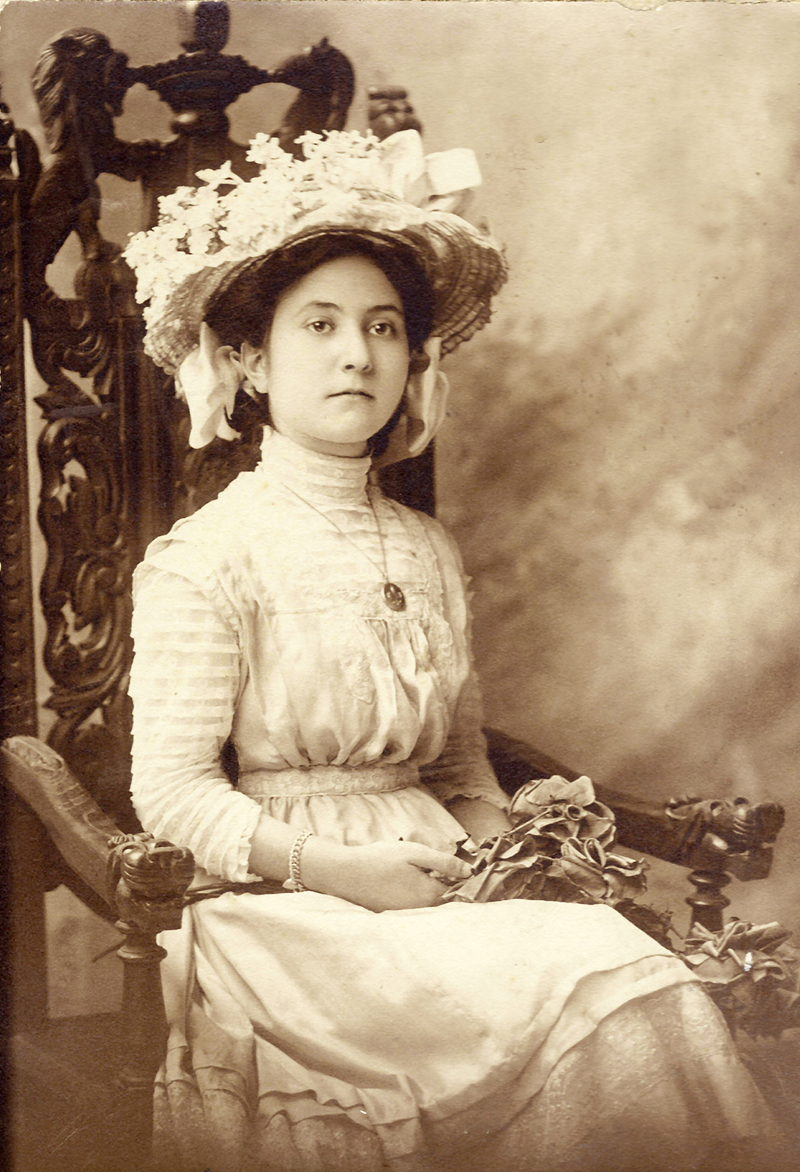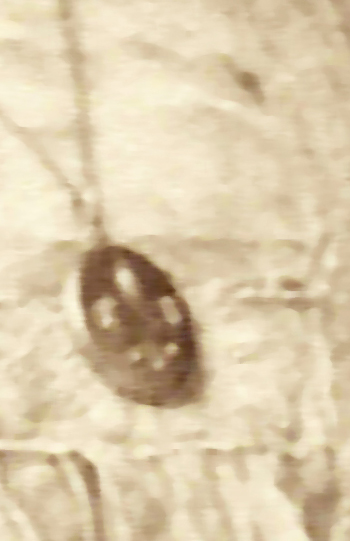
Figure 1 -Portrait of a young bride by Otto Sarony Studios, c 1906. In the public domain by virtue of its age.
I wanted to share today a photograph from the Otto Sarony Studios of a young woman in a summer dress from around 1906. As we discussed, c1906 means that it’s going to be impossible to say who took the photograph and also we cannot say who the young woman in the photograph is. Does this diminish the image? But the photograph is truly spectacular, the young woman is beautiful, the dress amazing, and the hat goes beyond amazing. We do not know who she is; so we begin to form stories in our minds. The woman looks about twenty, around my grandmother’s age at the time. She looks just a bit terrified or at least uncertain, and there our mind stories take off. You can imagine this photograph, once cherished, wound up in a drawer in someones home and then was disposed of by people who did not know who she was, or worse who did not care. I have gotten in the habit of writing on the back of such photographs from my family, who the person is with dates. But nonetheless, there was a time when this young woman dazzled the world with her beauty. And now over a century later, she dazzles the world, or the little part of it that is the Hati and Skoll readership, again.
Recognize that this photograph was a symbol of love, it tells a story of love. That’s the very point isn’t it. She was adored loved and quite probably had her own children, whom she adored and loved. The picture tells an intensely intimate family story. That, at least, I can prove. I became interested in the brooch that she is wearing and I began to wonder about the resolution of cameras in 1906 and assumed that it was a cameo. So I took my loupe to it, which I have done electronically in Figure 2. It’s pretty clear what it is. It is a photograph of three people, of a family, perhaps the young woman and her parents. We cannot tell for sure. But it starts the mind wandering again. New York City was filled with immigrants, then and now. Is this perhaps a memento of the “old country.”
Of course, we cannot say for sure. There are so many questions that we want to ask this beautiful woman. But she is mute on all subjects. She is mute because she is only a shadow on an emulsion, perhaps two tenths of a millimeter thick. And I hold the thickness of the emulsion to be the key to understanding the relationship of lives and photographs. Suppose that the photograph was taken at 1/5th second, then it is merely a slice of her life on a slice of emulsion 0.2 mm thick. If the photographer had just kept taking photographs one second would translate to a mm, and a minute to six cm. Say the woman lived to be eighty and the photographer had just kept taking pictures, her lifetime would translate to an emulsion mountain ~ 2500 km or ~1600miles. Roughly, the length of road trip from New York to Chicago and back.
I do that calculation to point out what a minuscule instance a photograph captures. Still it is magic. But if it were not for the need of our minds to weave a story, we would really have no connection between us and these denizens of a century ago. Think of your own life, what fraction did your high school yearbook picture comprise? And more significantly what does it say about you today? Do all the selfies in the world ultimately amount to nothing? Are they no more than chimeras or ghosts to be hopelessly chased and pursued in a meaningless narcissistic world?
Again our brains take what information they get and create a stories. The stories stem from what little information we have and then combine it with our own experiences, our own stories. We wish that we could give this young lady a name, wish we could put a name on her. Then we could, if so inclined, search for her in the internet archives. Perhaps we could and if we could, I venture that we would have very little additional information when we were through. And in the end we would ultimately still be left to our imaginations. We imagine; indeed we hope, that this photograph, just like the gold heart charm on her bracelet, was a token of love, an instant in a lifelong love story. Then the very best that we can offer is Shakespeare’s Sonnet 18:
“Shall I compare thee to a summer’s day?
Thou art more lovely and more temperate.
Rough winds do shake the darling buds of May,
And summer’s lease hath all too short a date.
Sometime too hot the eye of heaven shines,
And often is his gold complexion dimmed;
And every fair from fair sometime declines,
By chance, or nature’s changing course, untrimmed;
But thy eternal summer shall not fade,
Nor lose possession of that fair thou ow’st,
Nor shall death brag thou wand’rest in his shade,
When in eternal lines to Time thou grow’st.
So long as men can breathe, or eyes can see,
So long lives this, and this gives life to thee.”
And that, dear reader, is the meaning of an antique photograph.

